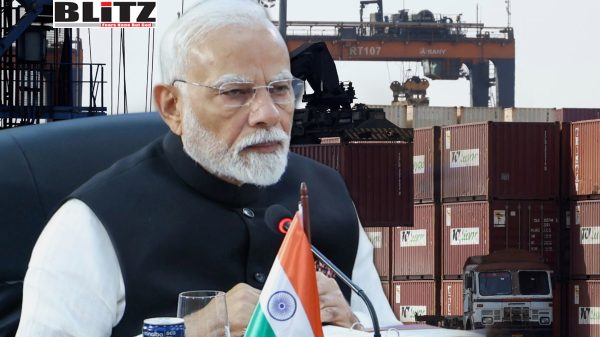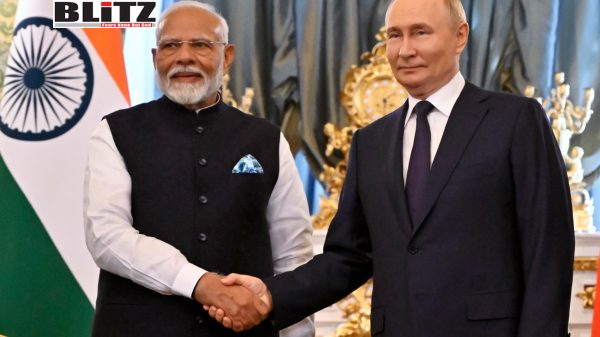Innovation inspires China’s competitiveness
- Update Time : Thursday, December 14, 2023

Had China followed the tenets of the static “comparative advantage” theory of international trade, it would have tried to specialize in low-skill, labor-intensive basic mass-industrial goods as its core strategy for entering the international market. Given the theory of international trade and positioning of advanced countries such as the United States, Japan, Germany and the United Kingdom in the high-tech economy, China had little chance of becoming a successful player in those types of industries.
That theory ignores what economists call “market failure” (above all the existence of economics of scale and externalities) and the theory of “unequal exchange”, developed by Argentine economist Raul Prebisch in the middle of the 20th century.
According to Prebisch, due to differences in market structures, there is a trend toward the deterioration of the terms of trade between agricultural and extractive goods, on the one hand, and manufactured goods, on the other. Therefore, the use of government tools (for instance, subsidies and tax exemptions) to “force” industrialization was a prerequisite for development.
In the 1950s and 1960s, Latin American countries took steps to implement industrialization policies, which were worked out after taking into consideration the market failures and the theory of unequal exchange. Unfortunately, in the 1980s, when the strategy needed reforms and further deepening, the imposition of the neoliberal ideology of the Washington Consensus forced countries to adopt policies inspired by the “comparative advantage” orthodoxy.
However, China under the then leadership of Deng Xiaoping opted for a pragmatic combination of market-oriented policies and planning, which includes high-tech research, development and implementation. Far from trusting everything either to the market or to the State, China shied away from the extremes of ideologies and chose a results-oriented policy of development.
The eclectic approach prevailed in the Western economies and Japan when they were becoming rich, and in the most recent successes of the Chinese island of Taiwan, and Singapore and the Republic of Korea.
As a result of that pragmatic indifference to “the color of the cat”, today China is able to compete with the top Western economies in both mass industrial consumption goods and high-tech intensive ones. World Bank data show that in 2022 China traded more relative to its GDP (38.1 percent) than the United States (25.5 percent) and enjoyed a substantial surplus. While the US endured a negative balance on its trade of goods and services of US$945.3 billion in 2022, China had a surplus of US$877.6 billion.
Far from the economic structure of developing economies, where the agricultural sector and extractive industries play important roles, the manufacturing sector of China accounted for 27.7 percent of its GDP in 2022, which compared favorably even with the US (11 percent of GDP). The value added by China’s manufacturing sector accounts for nearly 30 percent of the global manufacturing industry.
China not only competes across all sectors as its trade balance indicates, but also specifically in the high-tech industries. Of its total manufactured exports, about 30 percent correspond to high-tech products, above the 19.9 percent corresponding to the US.
Regarding ICT (Information and Communication Technology) exports in proportion to the exports of services, the figure for China is 15.1 percent, more than double the 7.1 percent for the US.
China’s successful technological development not only shows in comparative trade figures and their structure but also in the widespread use of high-tech tools in everyday life. There are 125 mobile cellular subscriptions per 100 people in China compared with 110 in the US. While online shopping dominates the retail and wholesale markets in China, the country follows the trend of the most advanced Western economies where cash is hardly used. Most transactions are executed via mobile apps such as Alipay and WeChat.
China supports the dynamism of its manufacturing sector and its advanced technological industries with an impressive ratio of fixed capital formation, 42 percent of GDP, twice as much as the 21 percent registered for the US. Part of this capital formation has enabled China to make a big leap forward in transport infrastructure.
For example, the two largest subway systems in the world are in China (Shanghai and Beijing) and each one of them with their about 800-plus kilometers is twice as long as the next one (London) in terms of length. On the other hand, China’s high-speed train system is by far the biggest in the world, both in terms of the kilometers and number of passengers.
China’s future technological development looks comparatively bright versus its main economic competitor. According to the World Intellectual Property Organization of the United Nations, China’s patent, trademark and industrial design applications surpass by a large margin those of the US. In 2022, for instance, there were about 1.6 million applications for patents, 7.5 million for trademarks and 1.1 million for industrial designs in China, leaving the US far behind.
Contrary to some stereotypes used to find explanations for China’s success as a trading nation in low costs derived from abundant labor, low wages, poor environmental restrictions and indifference to workers’ rights, the fact is that the core of China’s approach to trade is based on the high historical standards of its education system, its focus on R&D and high-tech industries and a strategic and pragmatic role of government in the economy. While many Western countries have chosen to spend billions of dollars on a very expensive foreign policy supported by military strength and overseas wars, China has focused its role on the world stage on trade and has structured government spending accordingly.











